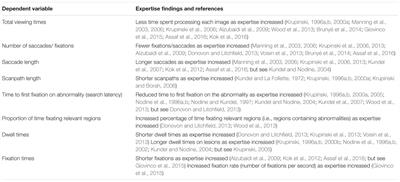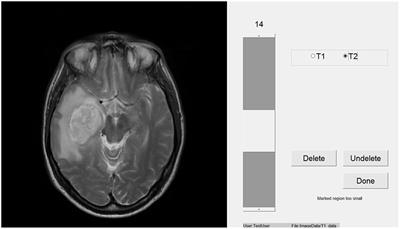EDITORIAL
Published on 28 Nov 2017
Editorial: Medical Image Perception: How Much Do We Understand It?
doi 10.3389/fpsyg.2017.02072
- 5,348 views
- 3 citations
4,948
Total downloads
26k
Total views and downloads
EDITORIAL
Published on 28 Nov 2017
REVIEW
Published on 28 Sep 2017

ORIGINAL RESEARCH
Published on 20 Sep 2017

PERSPECTIVE
Published on 03 Mar 2017
ORIGINAL RESEARCH
Published on 07 Oct 2016

